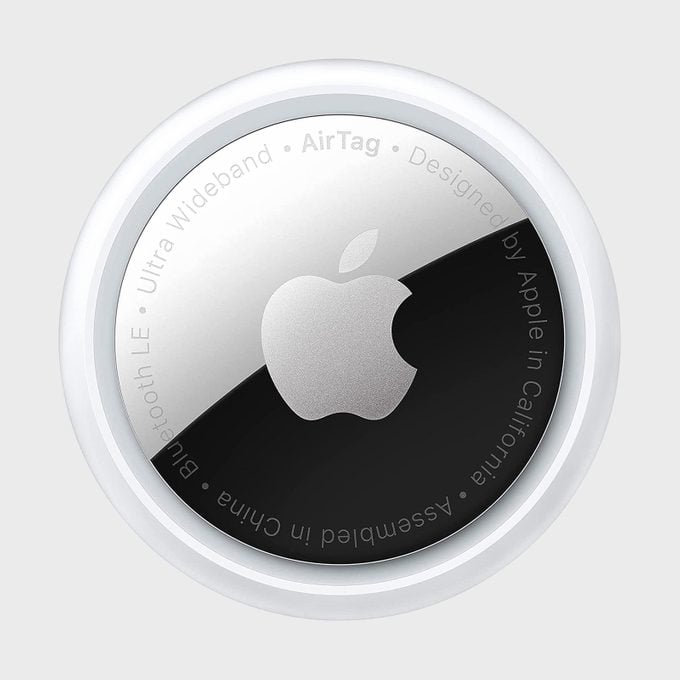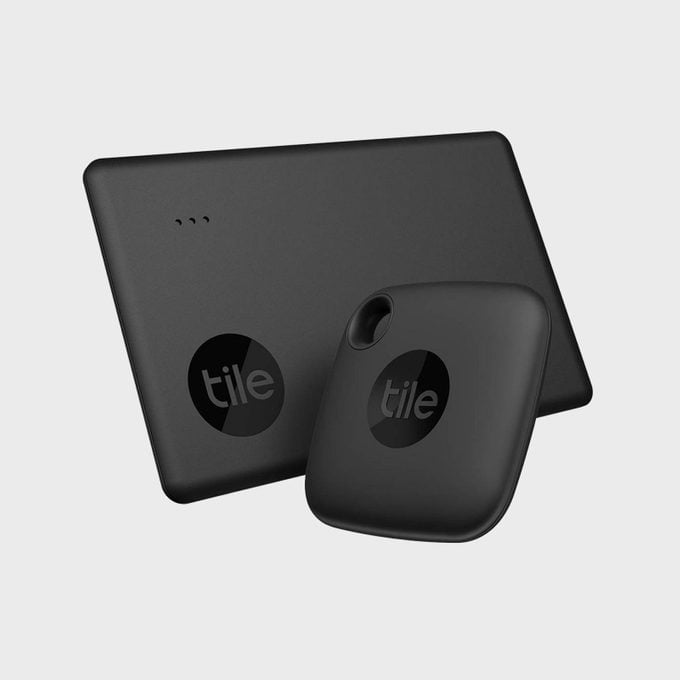Tile vs AirTag: Understanding the Differences in Bluetooth Tracker Solutions
Updated: Apr. 24, 2024

Why might you want to purchase the Apple AirTag over the Tile? We go through the similarities and differences between each Bluetooth tracker to help you make a decision.
Our editors and experts handpick every product we feature. We may earn a commission from your purchases.Learn more.
We’ve all been there—you need to leave the house, but you have no idea where your keys are. Where could they be? You have no idea, and now you’re going to be late—but it doesn’t have to be like that! There’s a way you can make sure this dreaded situation never happens again: a Bluetooth tracker.
These unassuming, yet infinitely useful, devices can help you hunt down any important items you end up misplacing often. Bluetooth trackers are absolutely fantastic products for people who lose things. (Keep that in mind the next time you need a smart tech gift!) While there are plenty of them on the market, the two most well-known brands are arguably Apple AirTags and Tile.
But which one is right for you? What’s the difference between these two massively popular options? It’s a tech clash between two titans: the Apple AirTag vs. Tile. Which one is better? We’ve broken it all down for you.
What’s the difference between Apple AirTag and Tile?
Both Apple AirTag and Tile are Bluetooth tracker devices that you can use to attach to items that you don’t want to lose. This can be a purse, keys, wallet or even a pet’s collar. You could even consider attaching one to your keychain, a secret use for your car key fob. Bet you didn’t think of that one!
The AirTag and Tile Bluetooth trackers both use Bluetooth to pinpoint the location of the item the tracker has been placed on. While Tile uses its own proprietary network, Apple utilizes its Find My app. When you need to find lost AirPods, you usually rely on Apple’s Find My technology.
Neither of the devices utilize GPS location-finding tech, however. Both devices rely on you placing a tracker on or inside the item you wish to find ahead of time. AirTags and Tiles are quite similar in size and shape, but these Bluetooth trackers differ greatly in terms of the way they work to locate items and the networks that they use. With that in mind, however, there are pros and cons to consider for both brands, so you can make an informed decision about which one is right for your needs.
All about Apple AirTag
If you happen to use an iPhone more than an Android phone, the Apple AirTag was made just for you. Apple’s first-party products are usually worth springing a little extra for, because they’re specifically designed for iOS devices in terms of both aesthetics and functionality. AirTags can be set up in about 30 seconds, and they’ll connect automatically to your iPhone as long as you’re using an Apple ID. That means there’s no need to make an account or do anything special other than let the AirTag sync with your device.
When you select your AirTag design, unfortunately, there isn’t much choice involved. There’s only one to choose from, and it looks like a stark white button-like object. It doesn’t include a loop or a key ring hole to attach to your belongings, and it’s presented as a very utilitarian piece of tech. Apple does allow you to purchase custom tags with engravings and images (which would make a nice personalized gift). You can buy separate loops and other ways to carry the tags, but there’s not a lot of variety to be had here. Plus, that means you need to spend more than the $29 that the lone AirTag costs you, which drives up costs quickly if you need more than one.
The AirTag’s entire functionality stems from the Find My iPhone app. It’s the same one you use when you need to locate your AirPods or other Apple devices. You can see your AirTags and other Apple items registered to you in the app, which makes keeping all your tech goodies in one place quite simple.
Using the Find My app, you can ping individual items—including your AirTag and what it’s attached to—and locate them on a map. For anyone with an iPhone 11 or newer, there’s even a special “Precision Finding” option to make tracking down your stuff even easier. This allows you to tap the “Find” button that corresponds to your tag and receive precise instructions to track it down. This includes distance in feet, as well as real-time arrows and directions to follow, just in case you need a little more help than pinging with sound.
This method, which utilizes newer iPhones with Apple’s U1 Chip, relies on ultra-wideband support. While Tile can use Bluetooth and sensors to emulate something similar, it’s ultimately something Apple has over the competing brand.
All about Tile
Tile is a much more robust product than the AirTag, in that it works with far more than just your iPhone. It’s good to go whether you use your iOS device, an Android phone, PC or any item that comes with built-in Tile support, like wirless headphones. However, unlike AirTags, your Tile product does need to connect to whatever device you’re using via Bluetooth.
There are a variety of Tile trackers you can buy. The smallest, known as the Tile Sticker, comes with an adhesive to stick anywhere you’d like, and it looks like a small black circle (much like the AirTag’s white disc). The next product up is the Tile Slim, which is a bit larger than the Sticker, and resembles a small credit card that’s ideal for putting in a wallet.
There’s also the Tile Mate, which is considered to be the “original” Tile. It’s a small, square-shaped tracker with a built-in key ring hole. Finally, the Tile Pro is a much more rugged and reliable version of the Mate. It comes with long-range Bluetooth, a replaceable battery and a louder speaker, which makes it easier to hear when looking for your lost item.
One interesting addition that Tile includes as an optional service for users is Premium. It costs $2.99 per month (or $29.99 per year), and offers smart alerts to help you remember if you leave something behind. Tile Premium also makes your Tile product eligible for a new battery, should you find yourself needing one. Premium Protect is another service and costs $8.33 per month (or $99.99). It includes the Premium benefits, plus, it offers a $1,000 item reimbursement if Tile can’t find your things. These services don’t really necessitate the fee for joining, though. And, just like buying extra accessories for AirTags, the costs do begin to stack up considerably.
The bottom line
In the Apple AirTag vs. Tile debate, both Bluetooth trackers are very capable devices. However, there are stark differences between the two. iPhone owners might gravitate more toward the AirTag since it’s built to work within the Apple iOS ecosystem, and offers additional features for newer iPhone users. However, purchasing multiple AirTags can get pricey.
Tile, on the other hand, is a solid choice for multiple platforms. It works with iOS, Android and PCs, using Bluetooth connectivity to find your items. Its paid subscription services, Premium and Premium Protect, are required if you want smart alerts for your lost items. Still, it’s a favorable choice if you’re the sort of person who loses things frequently.
With all this in mind, it’s important to remember that neither product is objectively “better” than the other. The question you should be asking is, “Which Bluetooth tracker will simplify my life more?” That’s what will ultimately matter the most.
Where to buy Apple AirTag

Apple AirTags can be purchased as single units or in four-packs on Amazon, which also carries a bevy of compatible accessories, like key rings and wallets. You can also purchase AirTags at Target and Walmart.
Where to buy Tile

Tile products can be purchased through major retailers, such as Amazon or Target. However, you may want to consider purchasing directly from the Tile website, which provides direct customer support for your new electronic device.















